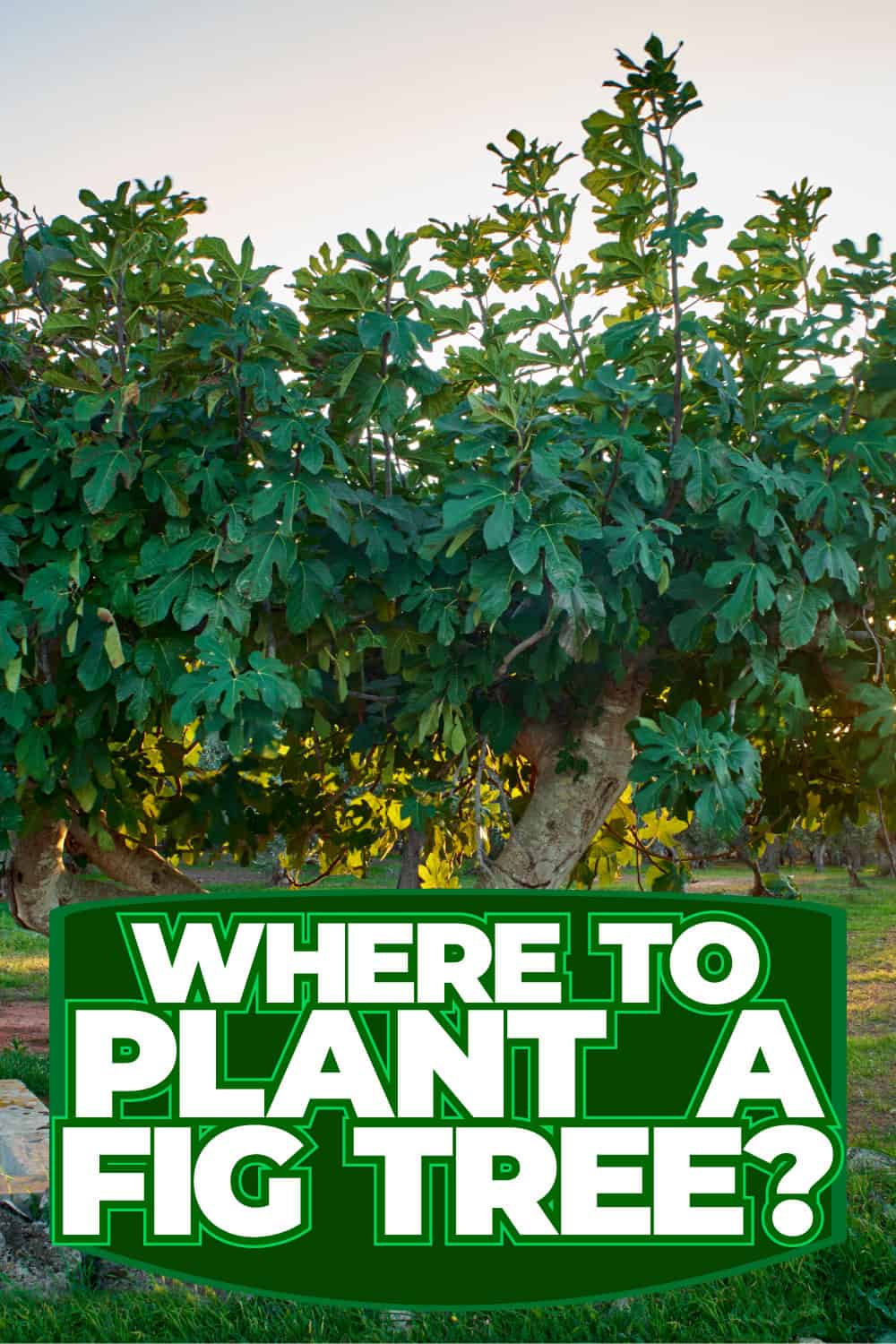Learning how to grow and care for fig trees has long piqued the interest of fruit lovers. There are a few reasons why these beautiful trees were among the first to be cultivated in antiquity and why homeowners still adore them for their fruits and ornamental attributes. If you want to plant a fig tree but are unsure of the ideal location, this guide is for you. We have all the knowledge required to maintain and grow fruit trees.
Fig trees require a warm place in your lawn that enjoys direct sunlight to dappled shade. For the best fruit, fruit trees need at least 6 to 8 hours a day of direct sunlight. A minimum of 20 feet must separate fig trees from any buildings or other trees. Remember that fig trees will develop deep roots, so consider this when deciding where to plant them.
Fruit enthusiasts have long been intrigued by learning how to cultivate and take care of fig trees. To know where and how to plant a fig tree, continue reading.
What Factors Should You Consider When Planting A Fig Tree?
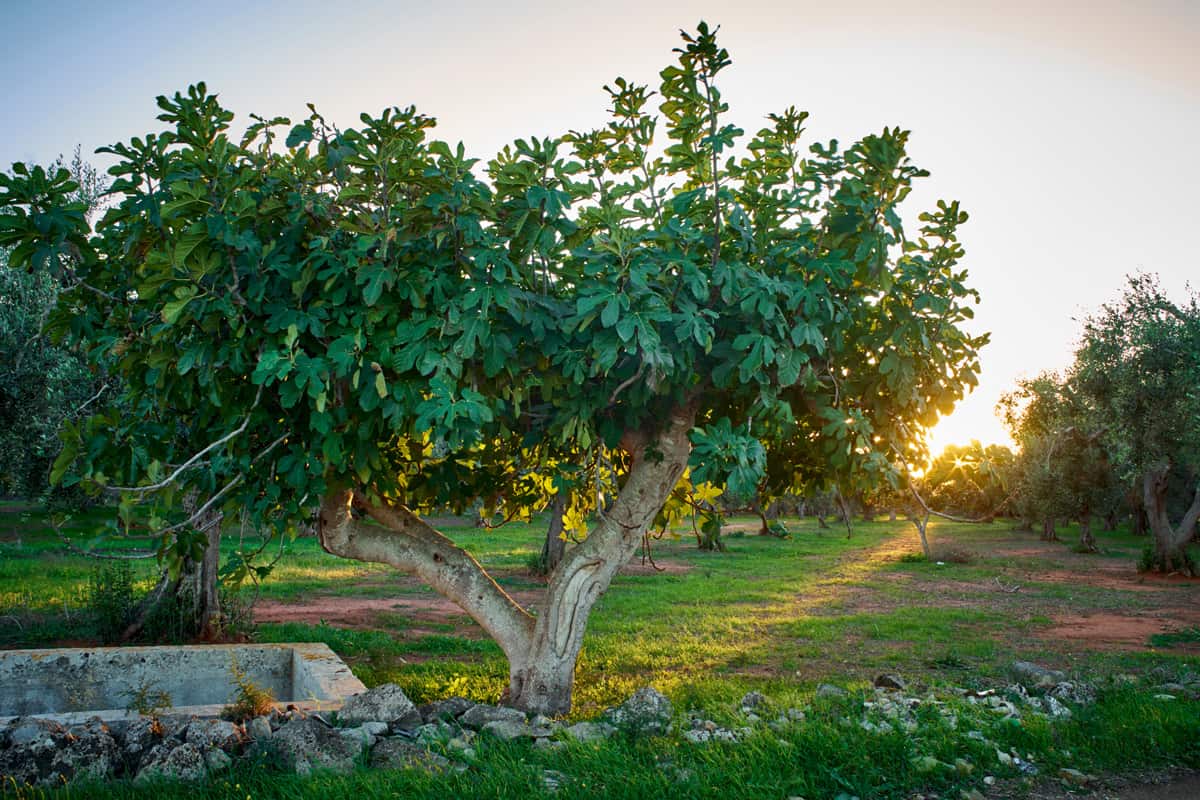
Because they can flourish with little maintenance, fig trees are popular as fruiting crops. The basic tree care methods we'll look at will ensure fast growth and plentiful fruit harvests.
Let's look at the key points about planting fig trees.
Planting Medium
Before planting, choose whether to place it in a container or on the ground. There are advantages and disadvantages in choosing the preferred planting, but your USDA hardiness zone will play a significant role in your decision.
The ground is the ideal place for the fig to grow. However, you better plant it in a container and protect the plant from freezing temperatures if you live in colder regions.

Check out this plant grow bag on Amazon.
Climate
Plant figs after the ground is frost-free. As much as possible, do not plant figs during fall because the root system will not have enough time to develop before the ground freezes.
Fig trees survive and grow better in hot areas with minimal winters, like in the South and West.
Soil
Fig trees prefer soil with good drainage. If you're using clay soil, loosen it up before planting.
You'll want to make sure the soil has the necessary nutrients too. The easiest method is to provide your lawn with compost.
Fig trees can still thrive in a wide range of soil PH levels.
Water Requirements
To establish the roots of newly planted trees, you must provide the tree with the required water. To keep the moisture underground, you can apply mulch around the tree.
Newly planted trees require more water daily than fully grown trees. You can water the tree once a week during the active growing season.
What Is the Best Way to Plant a Fig Tree?
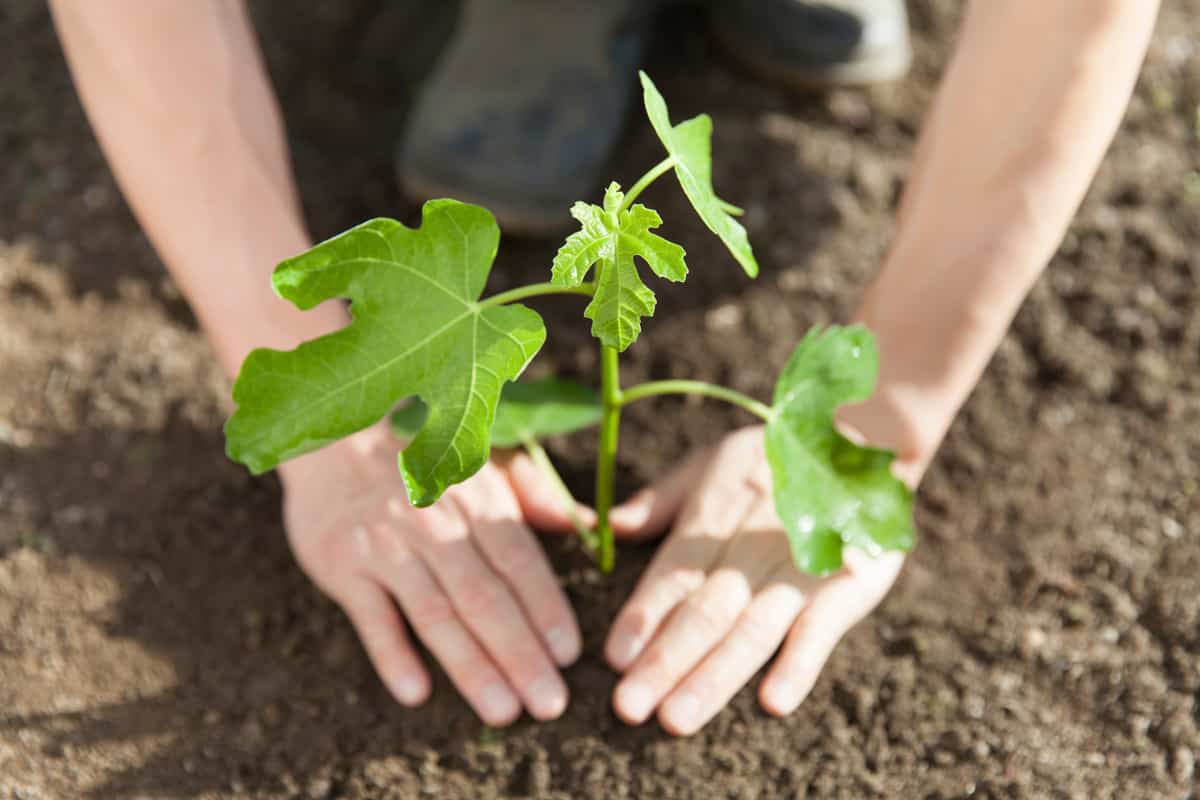
In-ground planting and container planting have different methods. Choose a container that can cater to deeper roots. You can transfer the tree to the ground if you have found the ideal location.
For your guidance, follow the basic fig planting instructions below.
Create a Hole
When you've found the ideal location for your fruit tree, make a hole using a shovel. Make sure the diameter of the hole is greater than the root. Also, before you put the soil on top, check if the root system is in place.

Check out this spade gardening shovel on Amazon.
Transfer The Tree
Remove the tree from its pot and use shears to snip into any surrounding roots by turning the topsoil on its side. Massage the roots gently without breaking or damaging them. Lay a pile of loose ground at the bottom of the hole.

Check out these pruning shears on Amazon.
Soil Leveling
Tamp the earth down gently with a tamper as you fill the hole, attempting to eliminate all air pockets while avoiding tamping the soil around the roots.
As you get to the top of the hole, create a small bowl or depression to draw moisture around the tree. Make sure that no soil is around the trunk.
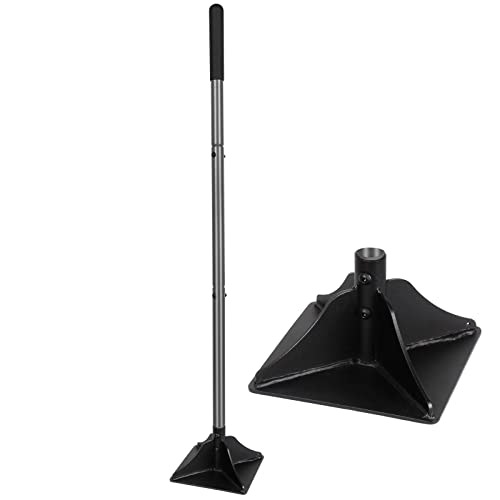
Check out this garden tamper Amazon.
Water The Tree
Water your freshly planted tree thoroughly. Allow the water to permeate before adding more. The water settles the soil from around the roots, removing any trapped air that has formed while filling the hole.
How To Care For Fig Trees?
Fig trees are low-maintenance and will thrive with little or no fertilization. They'll lift the essential minerals they require from the growing medium and its organic material. Look at the instructions below on how to care for fig trees.
Water Regularly
Frequently water early-age fig trees to support their development. Thoroughly water fig trees weekly in arid areas.

Check out this water can on Amazon.
Use Fertilizer
When grown in containers, most fig trees do not require frequent fertilizing. Once the fig tree is not getting bigger, add a pound of synthetic fertilizers. Begin applying nitrogen in the winter season and complete in midsummer.
Pruning
Fig trees require minimal pruning. To encourage growth during the dry season, consider removing all dead, unhealthy, or sluggish branches.
When you have an abundance of figs, you can trim the core to stimulate longer figs.

Check out these pruning shears on Amazon.
Stay Indoors
Move container-grown fig trees inside during the wintertime in colder climates. Maintain wet soil.
Secure The Tree
Fig trees cultivated outside will die in a cold climate. The root system of a tenacious tree will most likely remain unharmed. While the tree is dormant, remove all twigs and bring new progress in the summertime.
What Are The Different Varieties Of Fig?
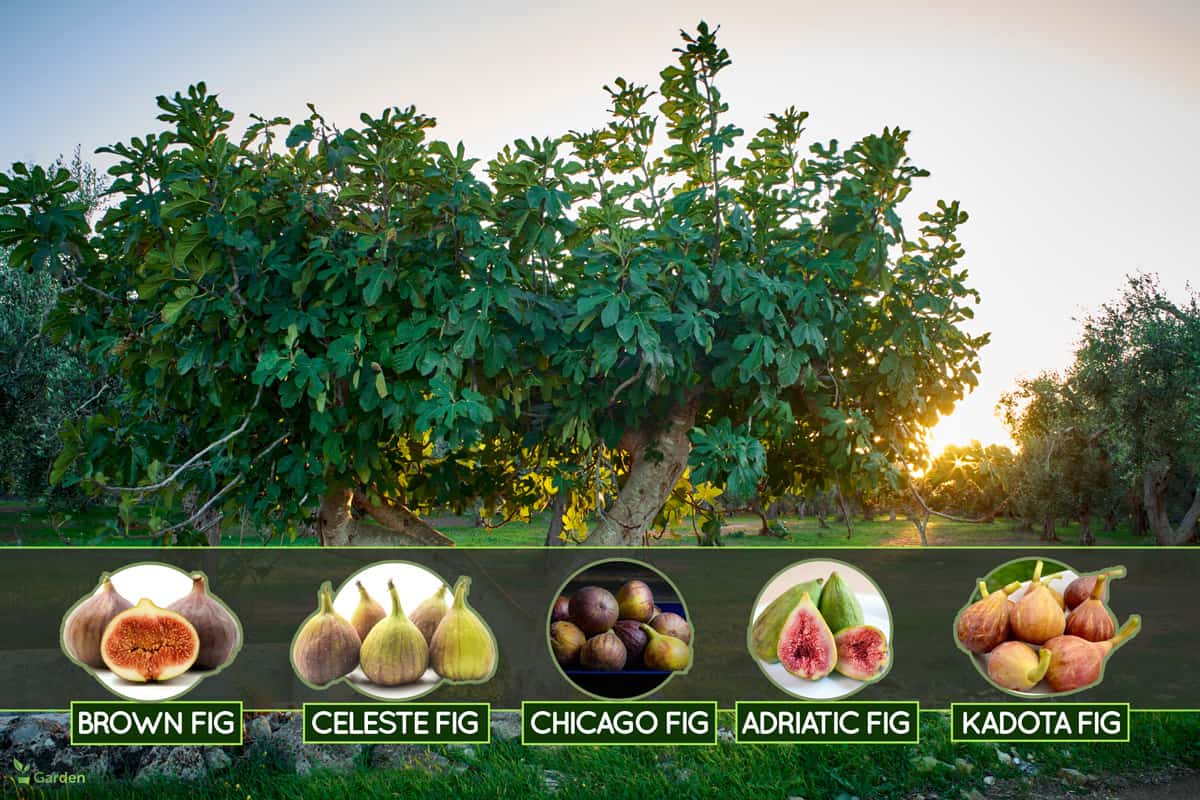
Ficus carica is the most popular fig species for backyard gardeners since its blossoms produce figs without pollination.
The common fig tree comes in many kinds, including hardy cultivars that can be grown outside in slightly cooler climates. Below are the most popular fig varieties:
The Brown Fig
Brown fig is a cultivar that produces medium- to large-sized figs. This type thrives in warm climates but can also tolerate cooler temperatures. These trees yield fruits with reddish-purple skin.
Celeste Fig
The Celeste fig bears both fruits and small flowers. Because fruits are high in sugar, they are called sweet figs. The fruits are associated with Christmas.
Chicago Fig
Chicago figs are known to bear fruit twice a year. They typically produce small fruits in the spring and large crops in the early fall. This type of fig is popular with its sweet taste and smooth skin.
Adriatic Fig
When picked fresh, these figs have a pale green and reddish-brown flesh. Because of their sugar content, Adriatic figs harvested are dried and used to make fig delicacies like pastes.
The tree can do well in any climate; the fruit ripens between June and August.
Kadota Fig
This plant is famous for its skin, which has a greenish-yellow hue and a reddish interior. Kadota figs are seedless and range in color from light to golden.
This variety bears small to medium-sized fruit. Its fruit is delicious, and it is the most commonly processed fig.
When Is the Best Time To Pick Figs?
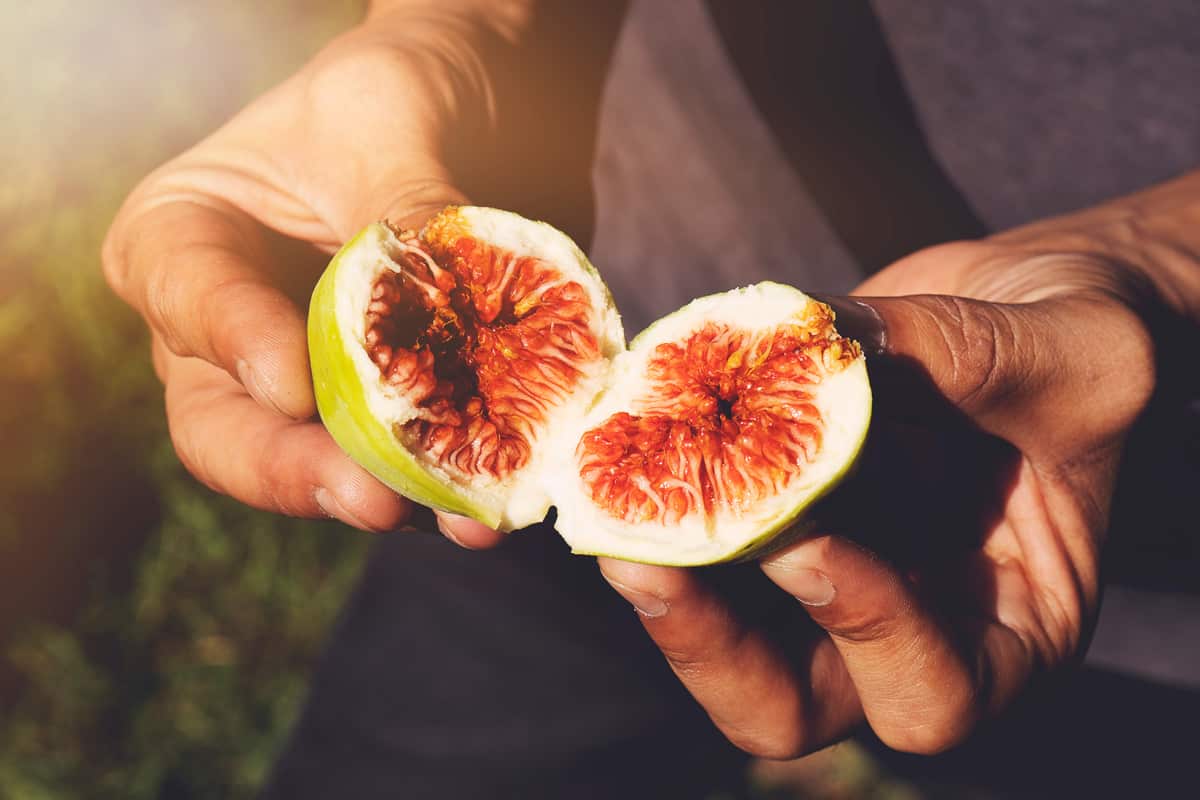
Harvesting fig trees are affected by temperature and fig tree variety. A fig's color indicates when it is ready to harvest. The fig fruit will change from green to light green, yellow, purple, or brown based on the variety.
Ripe figs will also hang downward rather than straight out or up. It's time to gather figs when the first fruit falls.
Harvesting is possible from May to June (depending on where you live). Figs do not continue to ripen after being picked, so pick them when they are fully ripe.
Wear gloves or long sleeves because the juice from the fig tree might irritate your skin.

Check out these thorn-proof gloves on Amazon.
Final Thoughts
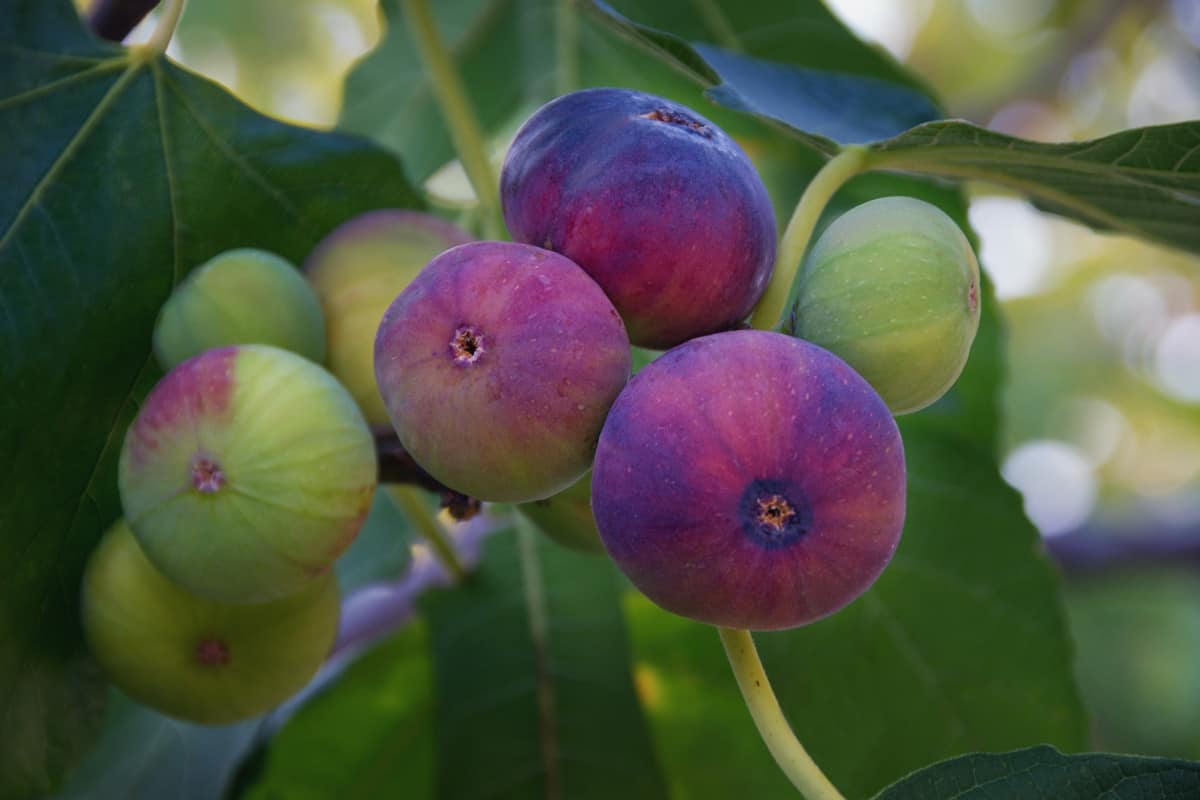
You can grow delicious figs with straw mulch, organic matter, and well-draining soil with a neutral pH. Figs use raised beds or mounds when planting them to ensure proper drainage.
Choose a location in a sunny area with little to no wind where you can enjoy the summer shade produced by this top tree. Consider this when selecting a place, including the height and width of a fully grown fig.
Check out the following related posts to learn more about figs:
Best Fertilizer For Fig Trees In Pots
Do Weeping Fig Trees Bear Fruit?
